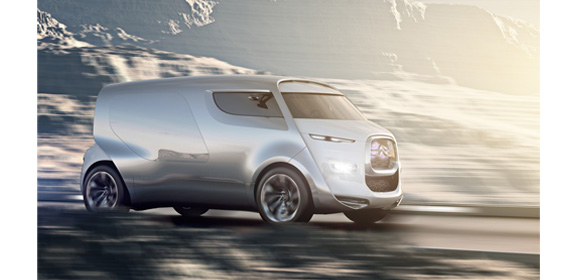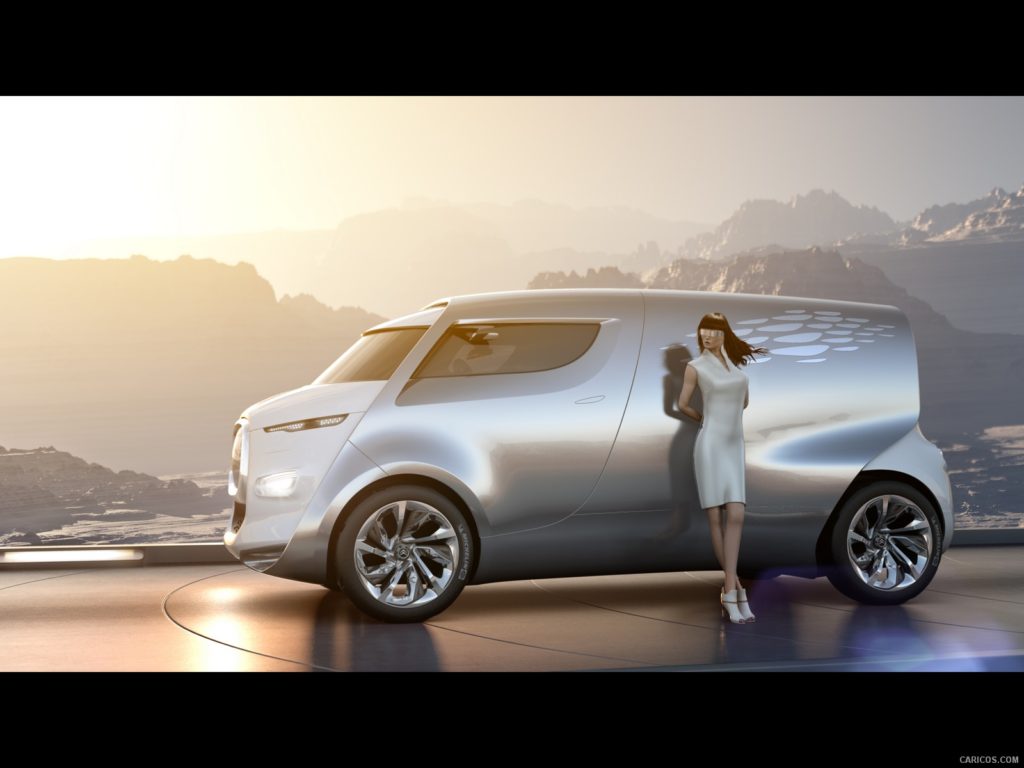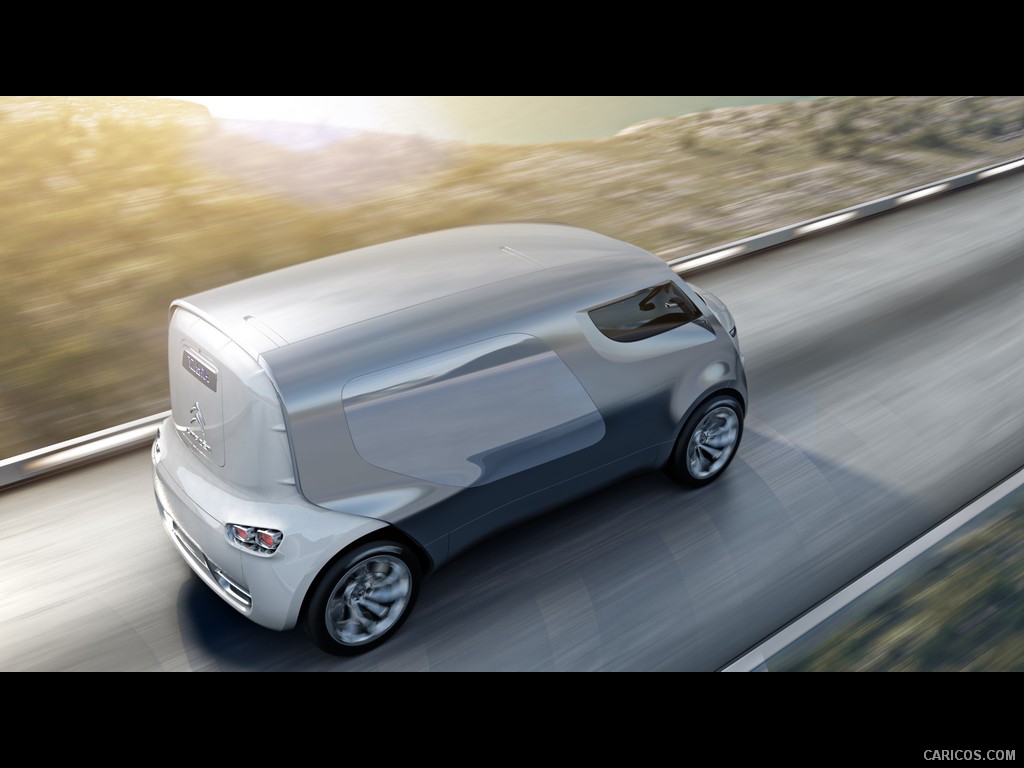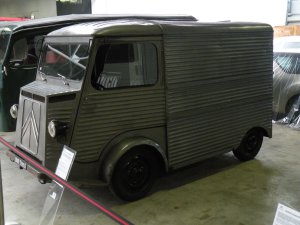The Tubik is a far cry from the sleek concepts normally seen at auto shows. It is a distinctly unconventional concept, – a large van designed to explore the idea that ‘travel should be fun’, according to Citroën’s media release for the Tubik’s debut at the Frankfort Auto Show.
Capable of seating nine passengers, the Tubik is designed in conjunction with Multicity, a transport-sharing scheme operated by Citroën in France, and is designed to respond to ‘a changing society where extended families and groups of friends travel together. Therefore, it’s part vehicle, part lounge, with modular seats that can be rearranged to semi-reclined or face-to-face depending on the requirements of the occupants – the middle of the three rear seat rows can also be folded into a table or meridienne- style seat. To make sure the occupants are never bored during the journey, the van is decked out with a giant semicircular screen along with high-definition surround-sound, as well as a one-way large panoramic window for privacy. As the concept is designed as a more environmentally friendly way to travel, Citroën has opted to include a hybrid diesel engine which it says produces emissions close to a small sedan.
Here is Tubik’s true ancestor, that rests in Citroën’s Conservatoire today; – the prototype G1 (also referred to as Mini H) from 1948. The post-war market needed commercial vehicles. The G project was set up in response to that need at the same time as Citroën brought out the Type H. The G1 was a highly compact, economical, small commercial vehicle featuring a 425 cc engine. The type G was never put into production. Instead Citroën offered the 2CV van.







